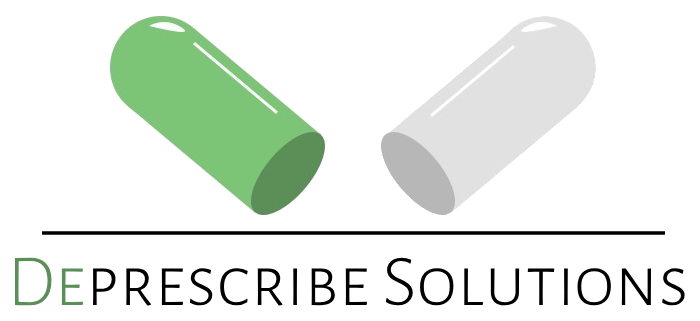“Paper is more patient than man” – Anne Frank, The Diary of A Young Girl
Since 2016, I’ve made an effort to build a morning routine centred around mindfulness meditation and journaling. Both routines have given me tremendous return on investment and in this post, I want to share a few tips and techniques I found helpful in cultivating my own journaling practice.
Tip # 1 – Start the day with gratitude.
For me, this is the easiest journaling prompt and best way to start my day, simply list out three things I’m grateful for. When first starting out with this prompt, it can get quite tedious and repetitive; I’ve probably written a dozen times the obvious things in my life like the roof over my head, or food in the refrigerator, so start with the obvious things: your family, friends, pets, relationships. Over time, you’ll start to realize that the more you practice gratitude, you begin to recognize the masterpieces all around you, and by giving them a little bit of your attention, the positive impact that small things can have on your day-to-day lives. So start the day with gratitude, and write down three things you’re grateful for.
Tip # 2 – Think of your journaling practice as a tool
Use your journal as a tool instead of a diary. I initially started my journal by keeping a diary – a day-by-day collection of what I experienced. I realized quickly how boring my day-to-day was so instead of writing a collection of all the ordinary things I was doing, I decided to instead use my journal as an all-in-one tool to store and collect my thoughts. Journaling is a great way to unleash all the thoughts in my mind and release everything I’m thinking about, or stressing about, onto the page as a way to move on from it.
As Anne Frank once said, paper is more patient than people, so if I’m ever feeling stressed about a certain situation at work or in my personal life, I find it much easier to deconstruct everything and work out a solution when I put it all on paper, instead of mapping it out in the mind. Journaling is a powerful tool to declutter the mind and collect your thoughts in response to stress or difficult situations, but it can also be used to help structure your thoughts, create to-do lists, and explore and express the deep corners of your mind.
Tip # 3 – Learn to let go.
First thing you need to understand when you begin a journal – learn to let go. The biggest obstacle that prevents people from starting a journaling practice is Fear. The fear of being exposed, the fear that someone else will read their journal, learn all their secrets or sabotage them. Let me put it bluntly – you’re not that important. Unless your journal contains the nuclear codes, I wouldn’t be too concerned with someone else reading it. Nobody cares about your bullshit because everybody else is too busy focusing on their own bullshit. I struggled mightily with this when I first started journaling, afraid that my wife or father or some stranger would read my journal and figure out how crazy I am, until then one day it happened. I left my journal open on the breakfast table and my father (bless his soul) snuck a peak. What happened next is what you would expect – an overreaction by me about him invading my privacy, then realizing who really gives a shit if he read what I just wrote. The practice of journaling is for you and for you only.
Tip # 4 – Invest in a high-quality journal and pen
Lastly, I’d recommend investing in a high-quality journal and pen. I personally use a softcover, lined paper Moleskin notebook and Muji ballpoint pen. If you’re going to spend time and energy on starting a journaling practice, these small investments make the whole process much more enjoyable.
Tip # 5 – Be Flexible
Like all things in life, journaling is a practice. The more you journal, the better you’ll become at it. Don’t focus so much on the content and writing itself, instead focus on the process of sitting down to write, and facing the blank page. Over time, you’ll find what style works best for you.
My Journaling Practice
If you’re having trouble starting out, you can follow the journal prompts and layout I use in my personal journal.
Date and Time
Good morning or Good evening (depending on the time of day). I personally include a “metta meditation phrase” such as “may you be happy, and free from suffering.”
I am grateful for … list three things
Daily affirmations / Today would be great if…. / Plans for the day ahead / Mistakes I made today…
Happy Journaling. Peace and Love.
SG

